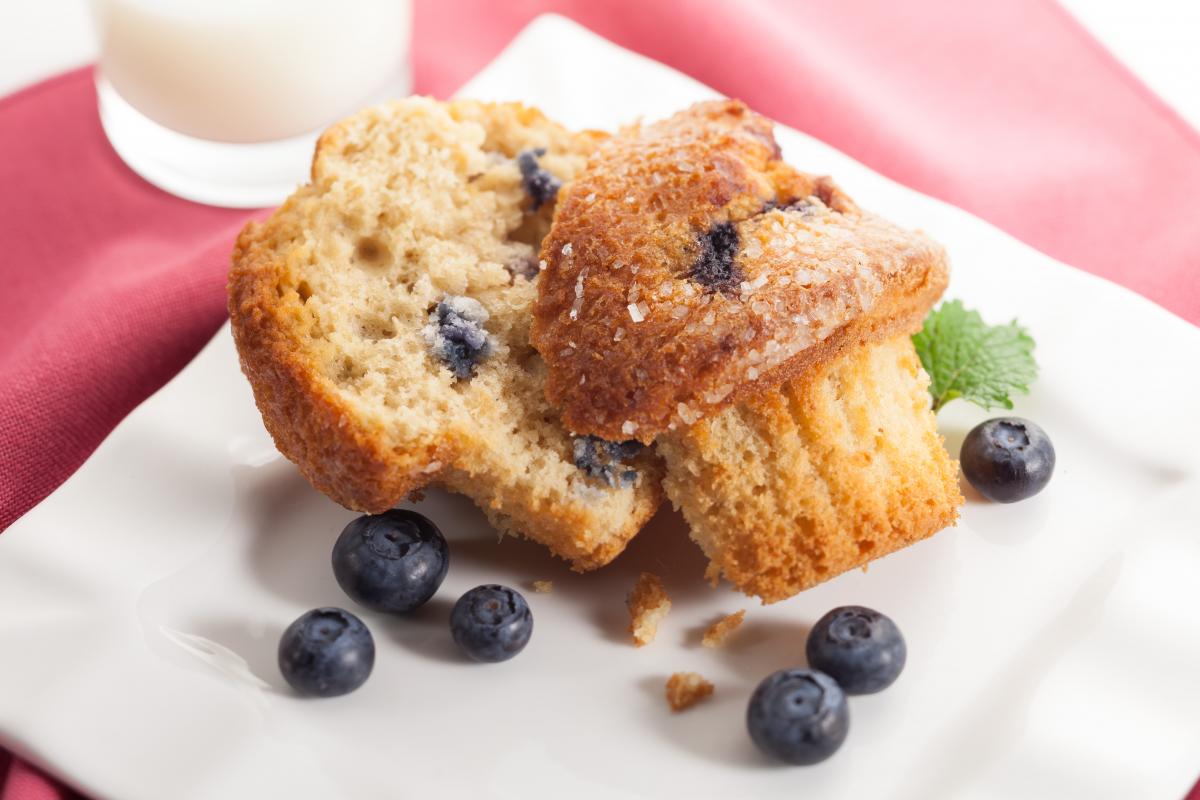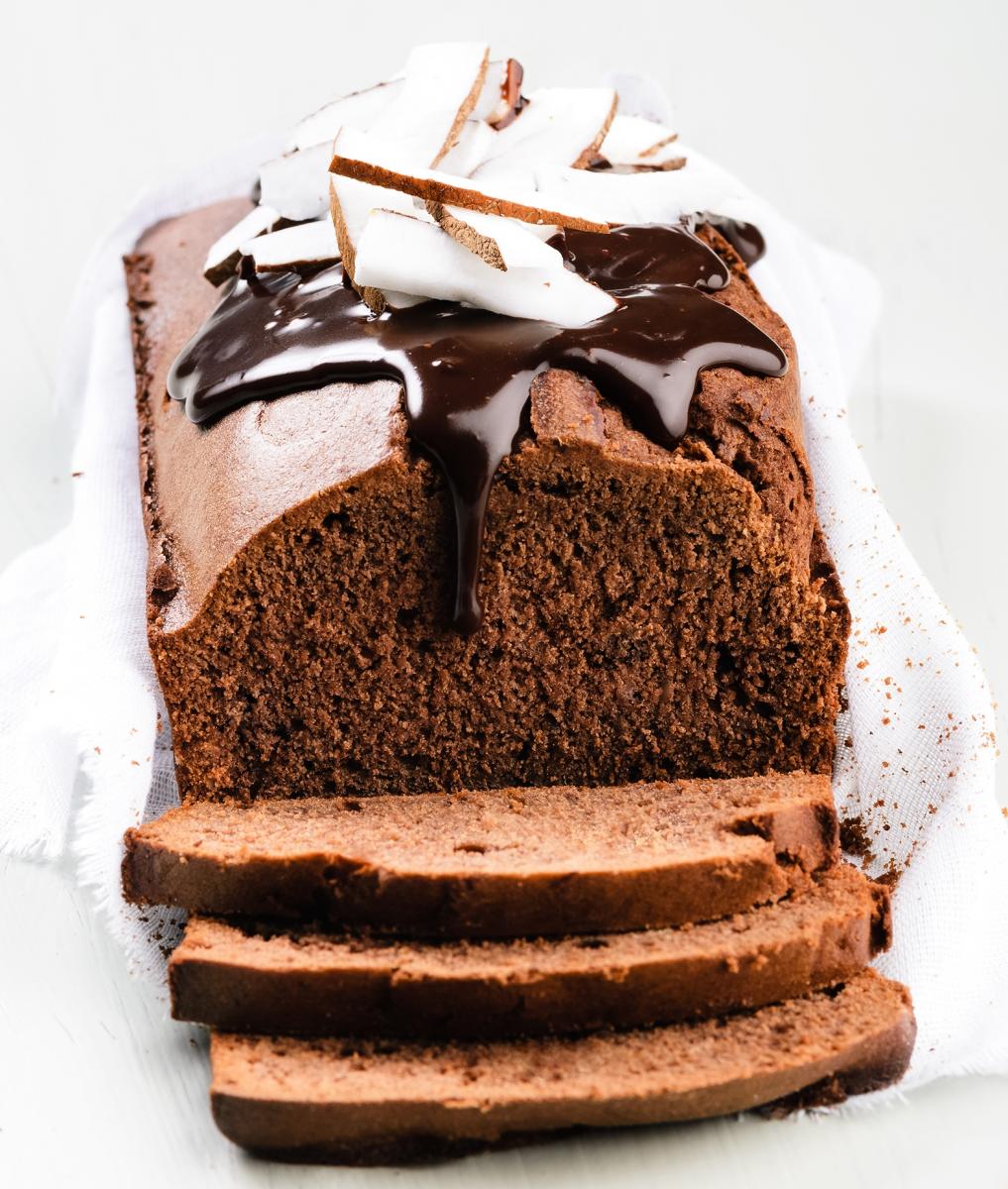Convenience without compromise
THE INCREASING urbanization of secondary cities in Asia represents new and exciting opportunities for fast-moving consumer goods (FMCG) manufacturers1, and this trend is expected to continue over the next two decades. For example, in China, 250 million people are forecast to move into cities from the hinterlands in this period, which is a rise of 17 percent up from 20132. The result of urbanization leads to a rise in the middle class and accelerates a shift towards hectic lifestyles seeking convenience.
Because of their time-starved, fast-paced and multi-tasking lifestyles, consumers often prioritize convenience when it comes to product choices, including food. However, this does not mean that they are expecting a compromise. Consumers are also continually seeking food and beverages that look and taste good.
Cakes as a popular snack choice
With increasingly busy lifestyles, consumers are snacking more often than ever and are broadening their definition of snacks. In this broadened definition, cakes have grown to be a popular snack option. The snacking trend is seen especially in China and India, which are the fastest growing Asian markets based on value sales3.

Consumers use descriptors such as “rich”, “deliciously well-balanced”, “moist”, and “light-as-air” to describe their desired characteristics of fresh cakes (Photo courtesy: Ingredion)
According to the Bread Barometer survey by Lantmannen Unibake, three in four consumers believe that it is important for baked products to be freshly baked upon purchase, and one in three surveyed say that it is the most important reason behind their purchase of bakery products4. This is indicative of how important freshness – or at least the perception of freshness – is in ensuring the market success of baked products.
Therefore, it is important to determine what defines freshness in cakes from the consumers’ point of view. Consumers often use descriptors such as “rich”, “deliciously well-balanced”, “moist”, and “light-as-air” to describe their desired characteristics of fresh cakes. As a result, manufacturers are starting to focus more on these attributes. Mintel reported that 25 percent of new packaged cakes launched in 2015 are differentiated through a texture claim of “soft, moist and rich”. In fact, Mintel has also noted that the number of new packaged cakes launched with a “soft and moist” texture claim has more than doubled in Asia Pacific over the past three years.
A cake that has long-lasting freshness through enhanced softness and moistness, along with a strong visual appeal and great taste, will noticeably enhance the consumer eating experience. By appealing to the senses of the consumer and offering a more enjoyable eating experience, manufacturers will be able to differentiate their products in a crowded marketplace.

Specialty starches can help products maintain their integrity and stability over a period of longer shelf life (Photo courtesy: Ingredion)
Formulating for freshness
In addition to understanding how consumers perceive freshness, a deep understanding of the key considerations behind formulating for freshness is also critical to success. In shelf-stable cakes, water activity is a key consideration for control of microbial growth over the shelf life and it must be well managed. Water activity is the ratio of water vapor pressure in the food product to the vapor pressure of pure water at the same temperature. By having a lower level of water activity, it will increase the stability of a product through a decreased susceptibility to microbial growth, which ensures that these products can stay fresher for a longer period of time. Sugar, sweeteners and humectants help to increase water bonding and stabilization of water in the batter system before and after baking, which reduces water activity.
Some manufacturers may be tempted to increase the water content in the cake recipe for higher production yields and improved product moistness. However, this presents a dilemma, as an increase in water content will risk causing higher water activity, which impacts the shelf life of the product. It is important to use the right types and levels of humectants to achieve the target level of water activity without any negative impact on flavor and taste.

As a cake ages, its crumb texture becomes harder and crumblier, followed by gradual alterations in taste and aroma. This is mainly caused by water migration in the cake, moisture loss by evaporation and starch retrogradation (Photo courtesy: Ingredion)
Understanding the perception of freshness
One of the many challenges that bakery manufacturers face is preserving the freshness and taste of the cakes similar to the day it was baked. This applies to both packaged and unpackaged cakes as most of them progressively deteriorate in quality when stored at ambient temperatures. As a cake ages, its crumb texture becomes harder and crumblier, followed by gradual alterations in taste and aroma. This is primarily why stale cakes are generally drier, and harder in bite. This is mainly caused by water migration in the cake, moisture loss by evaporation and starch retrogradation. With the complex set of conditions determining the shelf life of these products, it complicates the manufacturers’ efforts in preserving their properties of freshness.
Additionally, understanding how to extend shelf life first requires defining what determines loss of shelf life. One of the ways for manufacturers to gain a better understanding of the perception of freshness is to translate it into the underlying physical and chemical conditions. An example of how this can be done is to convert consumer language into sensory and rheological language, enabling the perception of freshness to be measured, which ultimately provides product developers with a good gauge of how close they are to meeting their freshness and shelf stability goals.
In order to better understand the cake products that are available in the market today, Ingredion’s team of sensory experts conducted a category appraisal on a few of the leading shelf-stable commercial products by benchmarking them against a fresh cake. The results showed that majority of these cake products were perceived to lack moistness and softness when compared to the fresh cake. There appears to be much room for improvement in terms of the freshness sensory perception of these products.
To help manufacturers close these textural gaps between shelf-stable and fresh cakes, manufacturers may take advantage of innovative specialty starches that enable products to maintain their integrity and stability over a period of longer shelf life. Case studies carried out in Ingredion Idea Lab™ innovation centers have demonstrated that cakes incorporated with Ingredion’s specialty starches exhibited enhanced softness and moistness when compared against blank controls after three months of ambient storage.
Conclusion
Achieving a cake with the desired texture, volume and structure within its shelf life requires a careful selection or combination of ingredients. Specialty ingredients may be able to help manufacturers achieve superior moistness and softness enhancement in baked goods and delay them from turning stale. Manufacturers can turn to formulations experts, such as Ingredion, who are able to provide a wide range of specialty ingredient solutions to help address the continuing consumer expectations for fresh and great-tasting baked goods.
*NAZLIN IMRAM is Marketing Director, Asia Pacific for Ingredion
References
[1] ‘An Eye on the Future of Southeast Asia’s FMCG Industry’, Asia Pacific Food Online
2 http://www.nytimes.com/2013/06/16/world/asia/chinas-great-uprooting-moving-250-million-into-cities.html?pagewanted=all&_r=0
3 ‘Redefining snacks: From conventional snacks to snack replacements’, Euromonitor, June 2016. http://www.euromonitor.com/redefining-snacks-from-conventional-snacks-to-snack-replacements/report
4 http://www.lantmannen-unibake.com/en-GB/News/Bread-Barometer-Survey-Results/
Adidas Falcon
 iConnectHub
iConnectHub
 Login/Register
Login/Register Supplier Login
Supplier Login


























